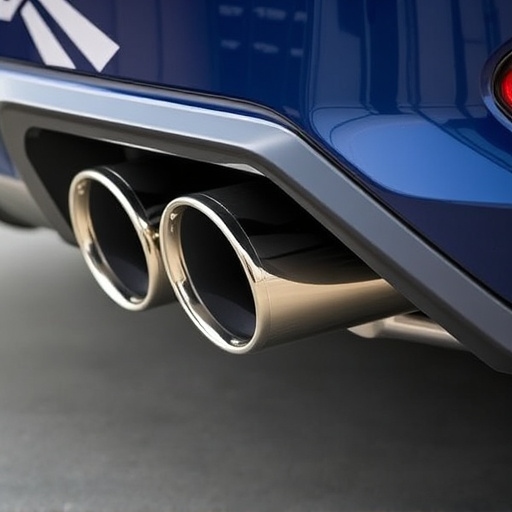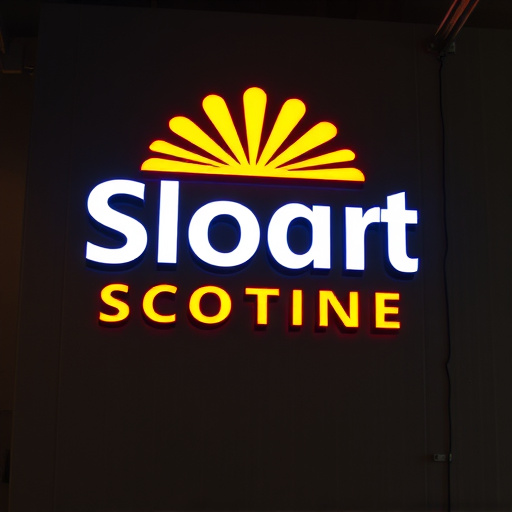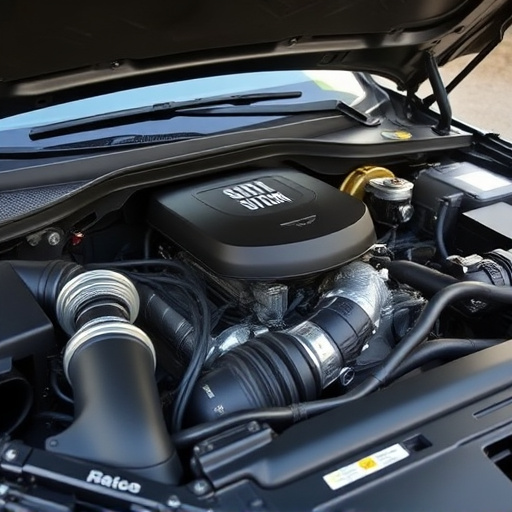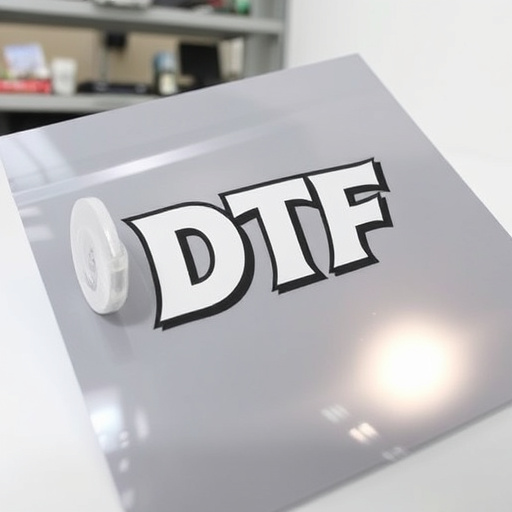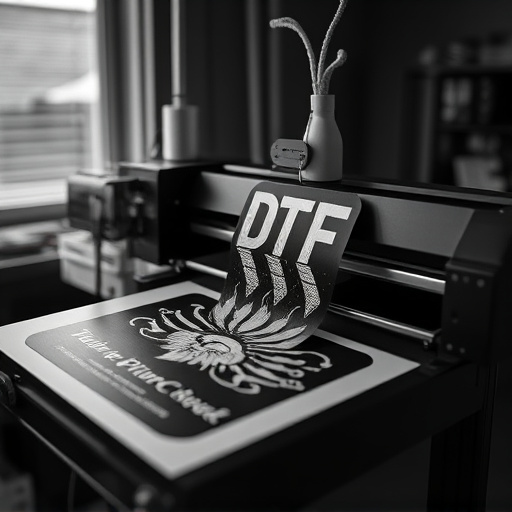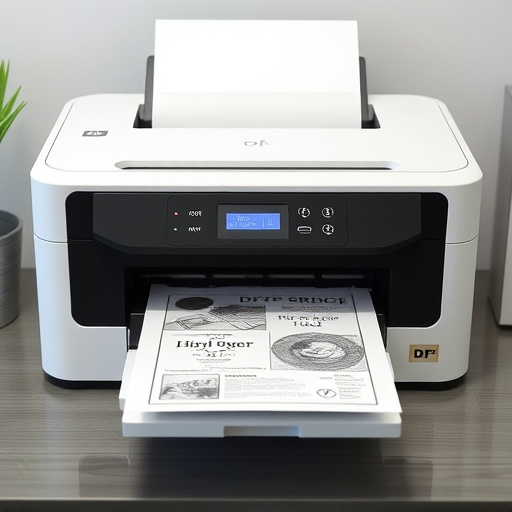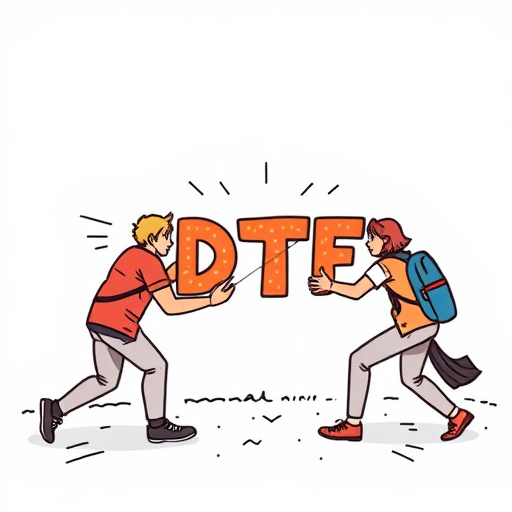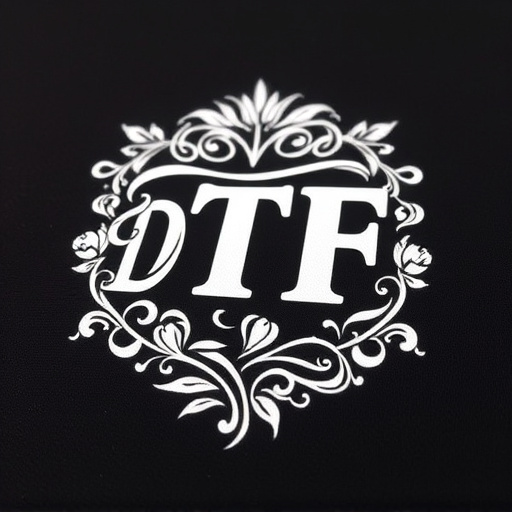DTF (Direct to Fabric) T-shirt printing offers custom designs with vibrant quality but faces challenges like color matching errors and misaligned transfers. High-quality results demand meticulous attention to ink, fabric, and heat press settings. A systematic approach includes garment inspection, print file checks, calibrating printers, using suitable materials, proper preparation, regular maintenance, and optimizing workflows for bulk orders. Preventive measures such as high-resolution images, compatible inks, and efficient inventory management ensure error-free printing.
Are you tired of dealing with flawed DTF T-shirt prints? This comprehensive guide is your solution. We break down the most common issues plaguing print enthusiasts and provide actionable steps to resolve them. From ink bleed to misaligned designs, our troubleshooting guide offers practical tips for every skill level. Additionally, discover preventive measures to ensure a seamless printing experience. Master DTF T-shirt printing with confidence and deliver high-quality results every time.
- Understanding DTF T-Shirt Printing: Common Problems and Their Causes
- Step-by-Step Guide to Troubleshooting and Fixing Print Issues
- Preventive Measures: Tips for Seamless DTF T-Shirt Printing Experience
Understanding DTF T-Shirt Printing: Common Problems and Their Causes
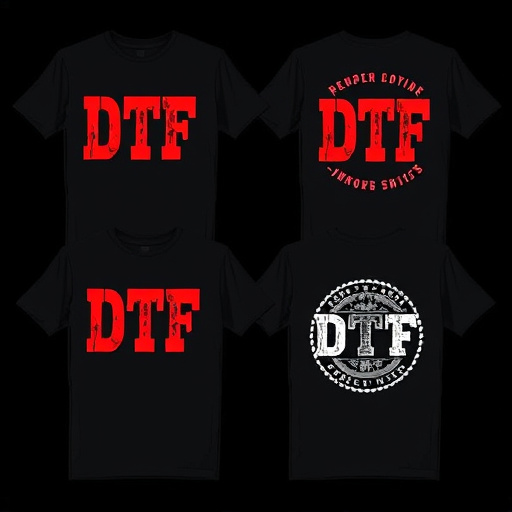
Understanding DTF T-Shirt Printing involves grasping the intricate process where design and technology merge to create custom apparel. Direct-to-fabric (DTF) printing, a cutting-edge method, allows for precise transfer of designs onto t-shirts using heat and pressure. However, like any advanced technique, it’s not without its hiccups. Common DTF T-shirt Printing issues stem from factors such as improper color matching, where discrepancies between digital displays and printed outcomes can occur due to variations in screen calibration.
Another frequent problem is related to transfer by size, where the scale of the design on the printing plate doesn’t accurately correspond to the t-shirt’s dimensions, leading to distorted or cropped prints. Ensuring high quality DTF transfers requires meticulous attention to these details. Furthermore, variables like ink types, fabric materials, and heat press settings play significant roles in achieving consistent, vibrant results.
Step-by-Step Guide to Troubleshooting and Fixing Print Issues

When encountering print issues with DTF (Direct to Fabric) T-shirt printing, a systematic approach can save time and ensure high-quality results. Begin by examining the garment for any surface imperfections or debris that might hinder adhesion. Clean the shirt thoroughly using a mild detergent and warm water to eliminate any residue. Next, double-check the print file for resolution and color accuracy; pixelated or poorly resolved images are common culprits behind print problems.
For DTF heat transfers, especially when handling small orders, ensure your printer is properly calibrated and that the heat press temperature settings match the recommended range for the specific DTF material. In cases of bulk orders, consider adjusting your printing process. This might involve testing different ink types or printer settings to optimize productivity while maintaining print quality. Regular maintenance of your equipment and a keen eye for detail will go a long way in troubleshooting and fixing print issues effectively.
Preventive Measures: Tips for Seamless DTF T-Shirt Printing Experience
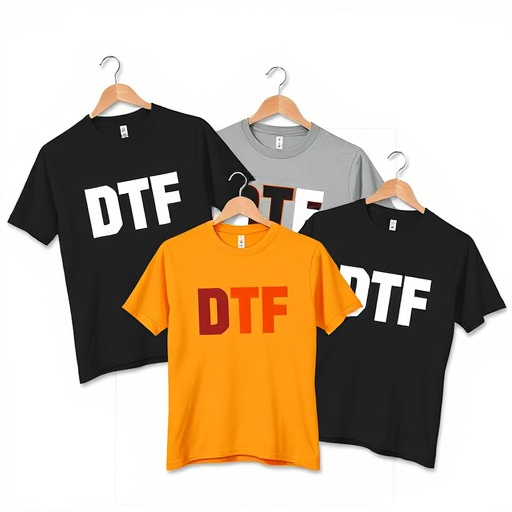
To ensure a seamless DTF T-shirt printing experience, it’s crucial to implement preventive measures. Before starting, double-check your design for any pixelation or loss of detail; high-resolution images are key. Additionally, choose the right materials—100% cotton or poly-cotton blends work best with DTF (Direct-to-Fabric) printing. Proper preparation of your T-shirts is vital; wash and dry them according to the manufacturer’s instructions to ensure a clean surface free from oils or dirt that could hinder adhesion.
For smooth operations, maintain regular cleaning of your printer and inks. Use compatible inks recommended by the manufacturer to avoid clogging or smudging. When handling DTF custom orders, small orders, or bulk orders, organize your workflow efficiently; this includes keeping track of inventory, managing order priorities, and setting realistic production timelines. Effective planning not only reduces stress but also minimizes errors, ensuring a more enjoyable printing process and high-quality results.
DTF T-shirt printing has revolutionized custom apparel, but it’s not without its challenges. By understanding common issues like ink bleeding, poor resolution, and misaligned prints, and implementing preventive measures, you can ensure a seamless printing experience. Follow the step-by-step troubleshooting guide to fix any problems that arise. With these strategies in place, you’ll be well-equipped to produce high-quality DTF T-shirt designs consistently.
